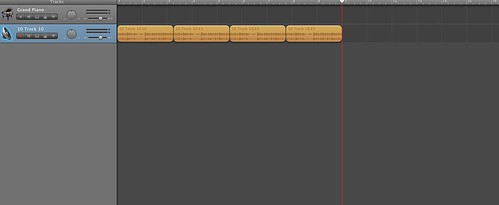- Lots of fast paced action from the start, which is shown in Bourne Identity as the fishermen save Jason from the water at the start.
- The protagonist is a traditional action hero, though he is sometimes framed or mistaken for someone else, or is confused with his identity, which happens to Jason in Bourne Identity. He has no idea of his identity and his skills, which adds to the suspense of the film.
- The flaws of the protagonist are unlikely to be physical - they are most likely emotional/mental, such as Jason's problem with his identity. This makes the protagonist more relatable.
- High value motive (money, secrets) also adds to the suspense of the film.
- Contropuntal sound and non diegetic sound - the contrast between the music and the action is vital to enhance the action. Contropuntal sound is not in Bourne Identity yet the fast paced, upbeat music adds to the pace of the fights.
- Manipulation - possibly of government or people adds to the audience's anticipation
- An action involves quite a lot of violence, weapons, lots of violence is involved in Bourne Identity as the protagonist is involved in a lot of fights, although we don't find out why in the opening.
- Brute force as a way out of difficult situations for the protagonist and Jason Bourne is a perfect example of this - to get away from the bank he fights with the guards.
- More blood than your average thriller, but not necessarily from violence - the beginning of Bourne Identity involves a man removing bullets from Jason Bourne's back








 Donnie Brasco
Donnie Brasco